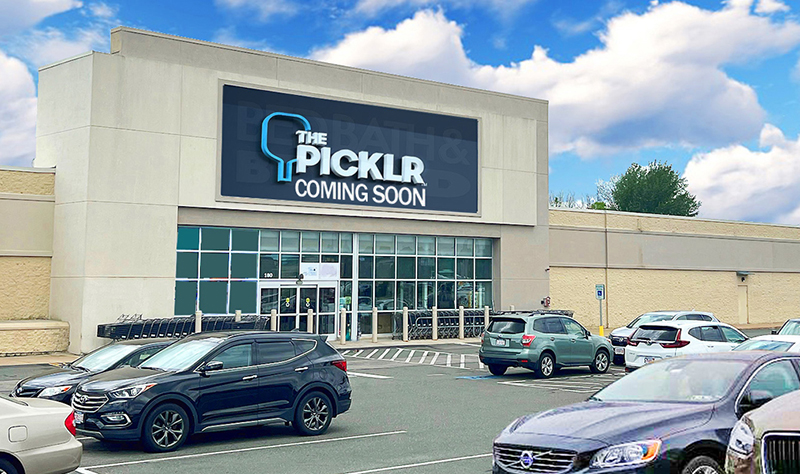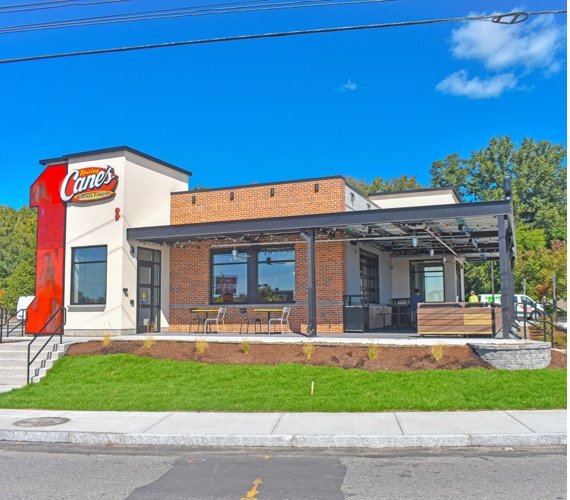News: Retail
Posted: January 24, 2013
Vapor intrusion: The roach motel of environmental regulation
Over the course of their careers, many real estate people have had "interactions" with environmental regulators. Depending upon the particular regulator and the political jurisdiction, those interactions may have ranged from helpful and positive to downright ornery and incomprehensible. If there were just one recent environmental interaction that is likely to have left you feeling frustrated and confused, there is a good chance it's going to be about vapor intrusion.
Vapor intrusion is the process by which a chemical or gasoline which has been spilled on the ground moves from where it was spilled and gets under a building. If this chemical is volatile (as many of them are) it can then vaporize underground, and those vapors can in turn migrate upward and can be drawn into a building. This explanation is a little over simplified and if you would like to learn more just Google "vapor intrusion" and spend 15 minutes looking at what comes up. By the time you're done reading you may feel like you should be awarded a Ph. D. in environmental science.
To me the distinctive feature of the vapor intrusion requirements is that they have become the roach motel of environmental programs; you can check-in, but without a very skillful approach, you can never check-out. Let me explain. A little over a year ago I attended the University of Massachusetts annual fall environmental conference. One of the highlights was an early afternoon panel discussion on vapor intrusion. The panel included regulators from Conn., Mass., N.H., N.J., N.Y. and Utah, all with vapor intrusion experience. The banter between the panelists kept the audience alert, but the content was frightening.
One theme that kept coming up was that if a piece of property had a vapor intrusion problem, it ran the risk of being stuck with that label for a long time, maybe forever. This was clearly the regulatory philosophy coming from N.J., N.Y., Conn. and increasingly Mass. The Utah representative seemed willing to be more creative about finding solutions.
For the real estate community, managing vapor intrusion is becoming a more common occurrence. It is getting harder to find a previously used property that doesn't have some kind of environmental legacy, and vapor intrusion is among the more common ones. From a technical perspective, there are three basic alternatives for managing vapor intrusion: digging up the contaminants; putting an impermeable barrier between the contaminated ground and the building; and vacuuming out the vapors from under the building slab before they have a chance to go through the slab and get into the building. The right choice among these options depends on the circumstances; often a combination of two or more is the right answer. Of course all of these technical fixes will add to project development costs; often in a way that can't be predicted until the construction work is already underway. That means an added level of uncertainty for project investors and principals.
As if the situation were not sufficiently complex already, there have also been demands from regulators that deed notices be used to provide a durable long-term warning to future property users that vapor intrusion may be present at a property. These warnings are being required even in cases where measurable vapor intrusion may not exist. None-the-less, if regulators are concerned that vapor intrusion might theoretically exist at some time in the future, they are now likely to require the deed notices.
Since every vapor intrusion situation is different, there is no generic advice to offer beyond suggesting that developers assemble a professional project team that includes experienced environmental counsel and technical consultants that have previously navigated the process.
Jim Okun is LSP and principal at O'Reilly, Talbot & Okun Associates, Inc., Springfield, Mass.
Tags:
Retail
MORE FROM Retail
Mace of KeyPoint Partners negotiates 36,192 s/f lease for The Picklr at Endicott Square
Danvers, MA KeyPoint Partners (KPP) negotiated a lease with the nation’s premier indoor pickleball venue The Picklr at Endicott Sq. Vice president of retail brokerage Don Mace negotiated the transaction on behalf of the landlord.

Quick Hits




.jpg)


.png)